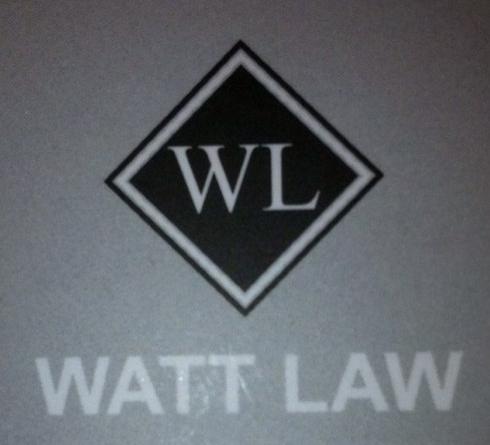When there is current through a resistance, electrical energy is converted to heat or other forms of energy such as light. A common example of this is the incandescent light bulb that becomes too hot to touch when it has been on for a short time. The current through the filament of the bulb produces light energy, but heat energy is also produced as a by-product because the filament has resistance. Electrical components must be able to dissipate a certain amount of heat energy in a given period of time.
Power
Power (P) is the rate at which energy is expended. Rate always involves time (t), so power is expressed as
\[P=W/t\]
This formula can be stated in two other equivalent ways:
\[W=Pt\]
\[t=W/P\]
The unit of power is the watt (W). Notice that the unit of power is a roman W where energy is represented by an italic W. Recall that the unit of energy is the joule (J) and the unit of time is seconds (s).
One watt is the amount of power when one joule of energy is used in one second.
The Kilowatt-Hour Unit of Energy
If you multiply power in watts and time in seconds, the result is energy in joules. Another way to express energy called the kilowatt-hour (kWh) is commonly used by utility companies because they deal in huge amounts of energy. The kilowatt-hour is more practical than the joule in applications involving large amounts of power. The power company bills you for kilowatt-hours, not joules. One kilowatt-hour of energy is dissipated when you use 1,000 watts of power for one hour.
EXAMPLE 1
- Determine the power in watts if 72 kJ of energy are used in 1 hour.
Solution
\[1\,hr=3,600\,s\]
\[P=W/t=72,000J/3,600s=20W\]
- Determine the amount energy in kilowatt-hours if a 100 W load is left on for 24 hours.
Solution
\[W=Pt=(100W)(24h)=2,400Wh=2.4kWh\]
- Determine the power in watts if a certain electrical heater uses 12 kWh of energy in 12 hours.
Solution
\[t=W/P=1kWh/50W=20h\]
Watt’s Law
James Watt formulated the law, called Watt’s law in his honor, that expresses the relationship among power (P), voltage (V), current (I), and resistance (R). Watt’s law can be expressed in three equivalent forms. It allows you to determine any one of the quantities, P, V, I, and R. You can use Watt’s law to find the power when you know the voltage and current. Power equals voltage times current.
\[P=VI\]
You can use Watt’s law to find the power when you know the current and resistance. Power equals current squared times resistance.
\[P={{I}^{2}}R\]
You can use Watt’s law to find the power when you know the voltage and resistance. Power equals voltage squared divided by resistance.
\[P={{V}^{2}}/R\]
In certain ac cases, these equations are modified to reflect a phase shift between AC voltage and current.
EXAMPLE 2
- Determine the power when 120 V produces 5 A.
Solution
\[P=VI=(120V)(5A)=600W\]
- Determine the amount of power when the current through a 1,000 Ω resistor is 2 A.
Solution
\[P={{I}^{2}}R={{(2A)}^{2}}(1,000\Omega )=(4{{A}^{2}})(1,000\Omega )=4,000W\]
- Determine the power if a 120 V source is connected across a 10 Ω heating element.
Solution
\[P={{V}^{2}}/R={{(120V)}^{2}}/10\Omega =1,440W\]
Review Questions
- What is power and what is its unit?
- Define one watt.
- What is a kilowatt-hour and what is the abbreviation?
- Express Watt’s law in three ways.
- Compare a 100 W load that is on for one hour with a 75 W load that is on for two hours. Which one used the most power? Which one used the most energy?
Answers
- Power is the rate of doing work; the unit for power is the watt.
- One joule per second
- A kilowatt-hour is a unit of energy; the abbreviation is kWh.
- P = VI, P = I2R, P = V2/R
- The power is 100 W and 75 W, so the 100 W load dissipates higher power. The energy used is higher for the 75 W load because it is on for twice as long (100 Wh versus 150 Wh).

